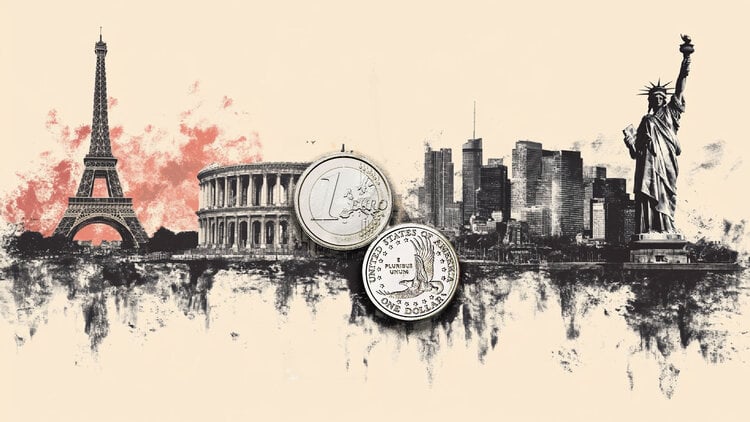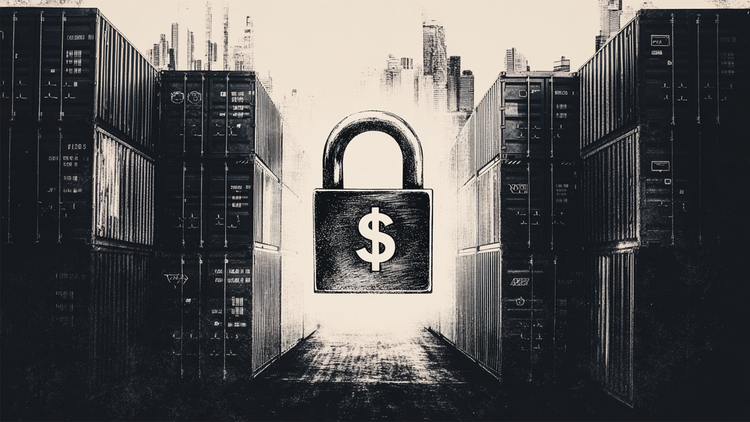- USD/CNH depreciates as PBoC-backed Chinese media reports Yuan remains stable and balanced.
- China’s 10-year yield fell to 1.805%, with the spread between Chinese and US yields widening to nearly 250 basis points.
- Traders look forward to US November Producer Price Index data due out on Thursday for fresh impetus.
USD/CNH retraces its recent gains from the previous session, trading around 7.2660 during Asian hours on Thursday. Chinese financial media affiliated with the PBoC reported that the Yuan remains stable and balanced. The People’s Bank of China (PBoC) set the central rate for USD/CNY, the onshore Chinese Yuan, for Thursday’s trading session at 7.1854, compared to the previous day’s setting of 7.1843.
Unnamed experts cited by PBoC-backed media suggest that the possibility of the US Dollar (USD) weakening is increasing, aligned with expectations that the Federal Reserve (Fed) will cut rates in December. Consequently, the Chinese Yuan is expected to continue to fluctuate in both directions under market forces.
On Thursday, China’s long-term yields fell, widening the 10-year bond yield disadvantage against their U.S. counterparts to the widest level in more than 22 years. China’s 10-year yield fell to a low of 1.805%, with the spread between Chinese and US yields widening to nearly 250 basis points, the widest gap since June 2002.
The offshore Yuan (CNH) faced challenges following reports that top leaders and policymakers in China considered dropping the currency in response to an expected sharp increase in US tariffs, according to Reuters. The tariffs could include a 10% universal import tax and a 60% tariff on Chinese goods entering the United States (US).
On Tuesday, Chinese President Xi Jinping declared: “China has full confidence in achieving this year’s economic goal.” Xi emphasized that China will continue to be the biggest driver of global economic growth and stated that there will be no winners in tariff wars, trade wars or technology wars.
Central banks FAQs
Central banks have a key mandate to ensure price stability in a country or region. Economies constantly face inflation or deflation when the prices of certain goods and services fluctuate. A constant rise in the prices of the same goods means inflation, a constant fall in the prices of the same goods means deflation. It is the central bank’s job to keep demand in line by adjusting its interest rate. For the largest central banks, such as the US Federal Reserve (Fed), the European Central Bank (ECB) or the Bank of England (BoE), the mandate is to keep inflation close to 2%.
A central bank has an important tool to raise or lower inflation: modify its reference interest rate. At pre-communicated times, the central bank will issue a statement with its reference interest rate and give additional reasons why it maintains or modifies it (cuts or raises it). Local banks will adjust their savings and loan rates accordingly, which in turn will make it harder or easier for citizens to make a profit on their savings or for companies to borrow and invest in their businesses. When the central bank substantially raises interest rates, we speak of monetary tightening. When you reduce your reference rate, it is called monetary easing.
A central bank is usually politically independent. Members of the central bank’s policy council go through a series of panels and hearings before being appointed to a position on the policy council. Each member of that council usually has a certain conviction about how the central bank should control inflation and the subsequent monetary policy. Members who want a very loose monetary policy, with low rates and cheap loans, to substantially boost the economy, while settling for inflation slightly above 2%, are called “doves.” Members who prefer higher rates to reward savings and want to control inflation at all times are called “hawks” and will not rest until inflation is at 2% or just below.
Typically, there is a chair who leads each meeting, has to create a consensus among the hawks or doves, and has the final say when votes need to be divided to avoid a 50-50 tie on whether to adjust current policy. The president will give speeches, which can often be followed live, communicating the current monetary stance and outlook. A central bank will try to push its monetary policy forward without causing wild swings in rates, stocks, or its currency. All central bank members will channel their stance toward markets ahead of a monetary policy meeting. A few days before a monetary policy meeting is held and until the new policy has been communicated, members are prohibited from speaking publicly. This is what is called the silent period.
Source: Fx Street
I am Joshua Winder, a senior-level journalist and editor at World Stock Market. I specialize in covering news related to the stock market and economic trends. With more than 8 years of experience in this field, I have become an expert in financial reporting.







